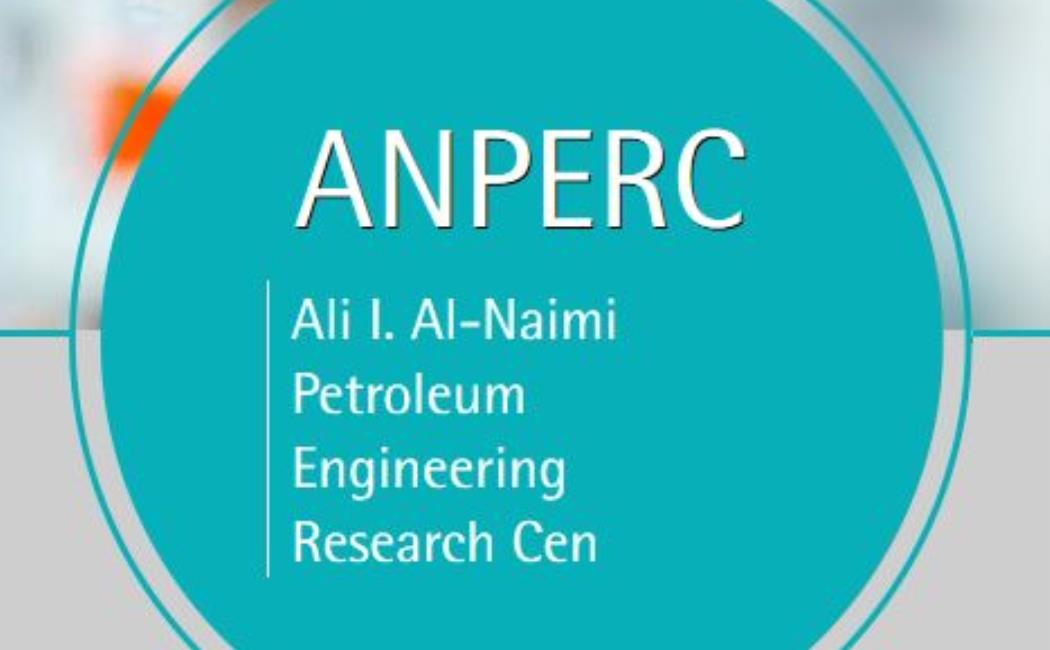.jpg?sfvrsn=1a62d0cb_0)
.jpg?sfvrsn=1a62d0cb_0)

ANPERC Seminar: Laboratory Evaluation of Lost Circulation Materials Effectiveness in Sealing Fractures
Presented by Dr. Mortadha Alsaba
Lost circulation events, defined as the loss of drilling fluids into the formation, are known to be one of the most challenging problems to be prevented or mitigated during the drilling phase. Lost circulation materials (LCMs) have been widely used to avoid or mitigate losses. Experimental evaluation of LCM treatments is a crucial step prior to field application where a full understanding of the factors contributing to the effectiveness of the formed seal is very important.
In this work, a comprehensive laboratory evaluation was conducted to investigate the effects of different factors such as; LCM type, concentration, fracture width, particle size
distribution (PSD), temperature, base fluid, and mud density on the effectiveness of LCM treatments. The tests were conducted on a fit-for-purpose apparatus designed to evaluate the performance of LCM’s by measuring the sealing efficiency under high pressures.
Our results showed that the sealing efficiency of LCM treatments is highly dependent on the fracture width and PSD. Comparable trends were observed, where the sealing pressure
increased by increasing LCM concentration and reduced when wider fractures were used. In addition, a particle size distribution selection criterion for LCM treatments was developed based on a statistical analysis of the experimental results states that D50 and D90 should be equal or greater than 3/10 and 6/5 the fracture width, respectively.
Contact Ms. Karen Barter for information on attending this seminar.